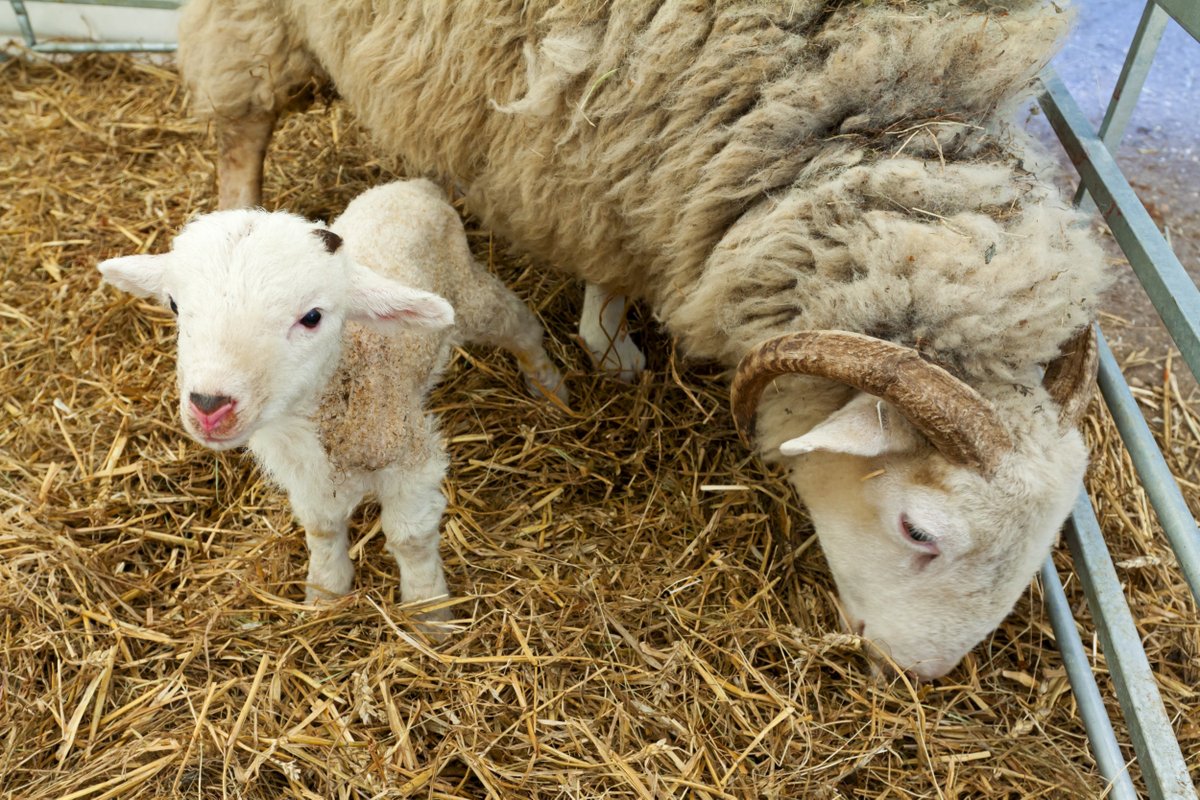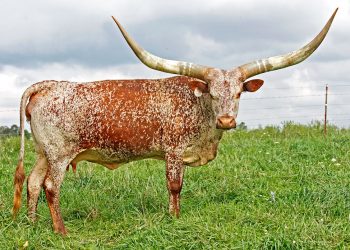There is nothing quite as pretty as little lambs frolicking in the meadow. But for this stage, the lambs have to be born first. Usually, a sheep can use a helping hand when the lambs are born. What can you do to make the birth go smoothly? How should the newborn lamb be helped?
Gestation time of sheep
The gestation period of sheep is about 150 days, about 5 months. When several lambs are born, the gestation period is often a few days shorter.
Birth in ewes
Flaming is easy in some types of sheep. They can do this all by themselves. Lambs can then just be born in the pasture, even in wintertime. This is often the case with hardy, hardy varieties. These sheep are always outside, in all weathers. This makes them hardened and resistant to the cold. These are the same conditions that a sheep would have in nature. As a result, the birth can also take place in a natural way and the sheep often manage on their own. But this is not always the case.
Sheep that are not hardy need a hand in lambing. These sheep are often in the stable and thus do not have an easy natural birth. Yet the births of these sheep often happen without any problems. Still, it is wise to help these sheep. It is best that you ask a veterinarian or a specialist for advice.
exercise
When a sheep is pregnant, it is important that she gets a lot of exercises. By walking around she strengthens her organs, such as the heart, lungs, and muscles. Birth will also start faster and will be less heavy. When a sheep has weak muscles, the delivery will be difficult and the lamb will get stuck. 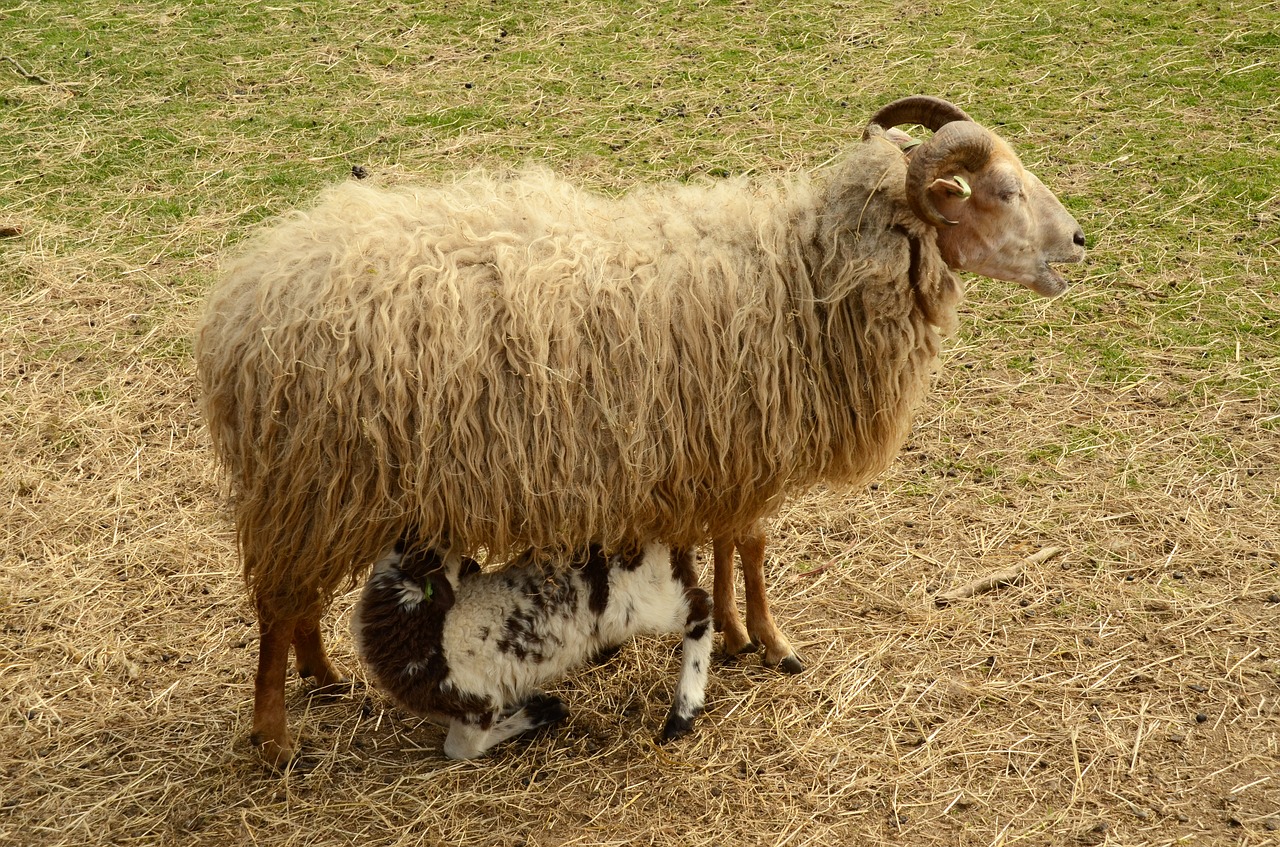
The exercise of the sheep also reduces the risk of complications and abnormalities. It is therefore important that the pregnant ewes run loose and get exercise. This should be at least half an hour a day. Still, the ewes must have a place for themselves. The ewe must be placed in a pen for 145 days after mating, where she can be closely monitored.
Preparation for lambing
Lambing must be done in a separate pan for the sheep. It should be clean and have a soft bed of fresh straw or hay. Cleaning the loft is best done with disinfectants. Newborn lambs are easily susceptible to infections.
Symptoms before childbirth
It is good to know for which signs there are that the sheep is about to give birth. Often the sheep are restless and walk around a bit, lie down again, stand up again, and walk-in circles. She isolates herself from the rest of the herd. The sheep have to urinate often and the udder is large, convex, and red. The vulva is thick and red, and a layer of mucus forms on the vulva. If you do not have enough experience with lambing sheep, it is always wise to call in expert help.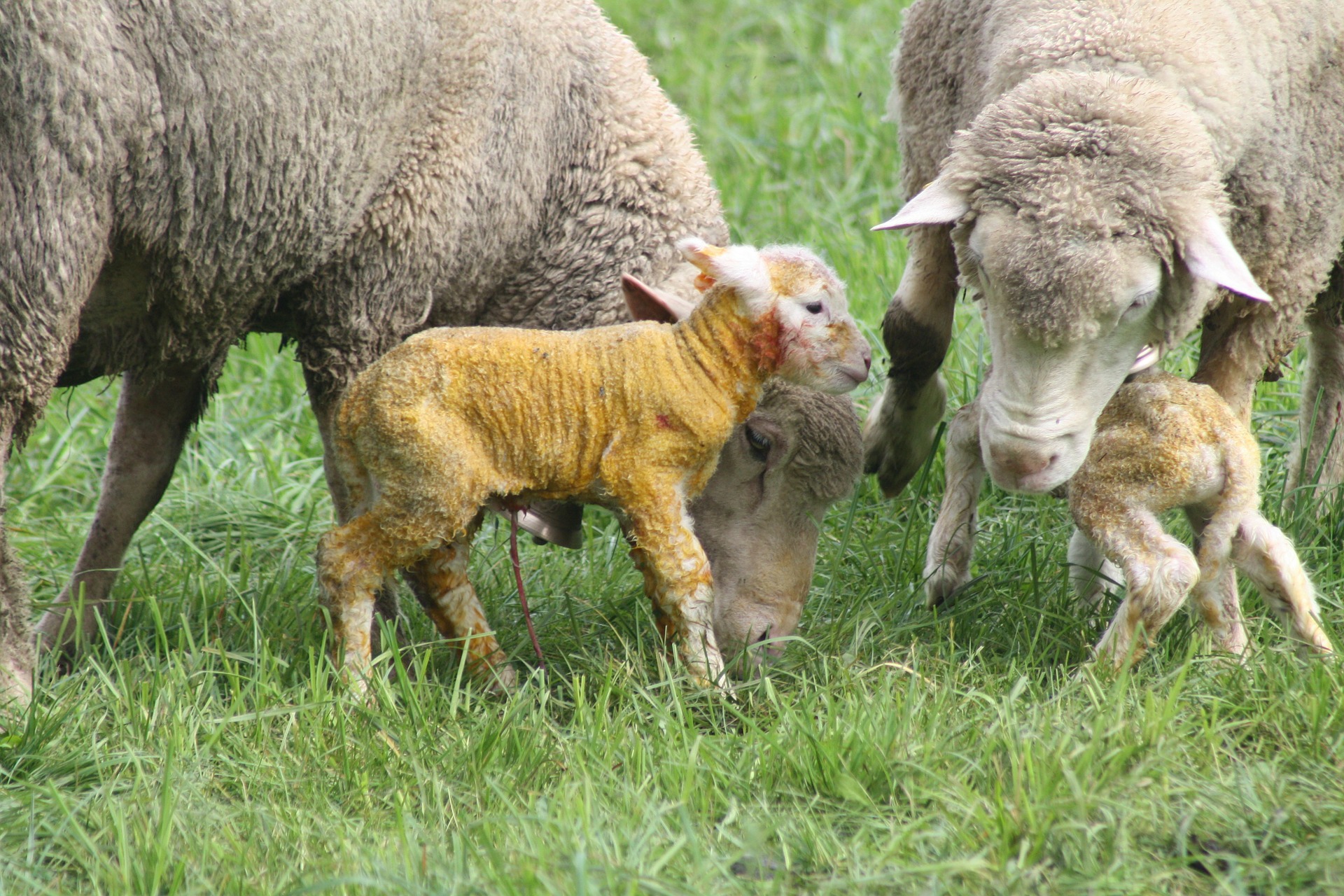
Access
When the sheep is dilated, the lamb or lambs will be born. The environment must now be completely calm, otherwise, the sheep may become stressed, delaying the birth. During the dilation phase, the water bladder or amniotic sac appears.
This amniotic sac should absolutely not be broken. If you are not sure of yourself or if you are incompetent, you should now always seek the help of a veterinarian. Otherwise, the sheep have the chance to die. The vet may decide that the sheep needs a cesarean section if the natural delivery is not successful.
Expulsion
The lamb is born half an hour after the amniotic vesicle has emerged. First, the legs appear with the head resting on them. When this is the case, the sheep has to start pushing and pushing so that the lamb can be born. When several lambs are born, they come about 10 to 20 minutes later. However, there can also be a breech presentation.
Reading suggestions; Lists of Male Female Sheep Names
Then the legs are pointing upwards and you can see the bottom. When the lamb is breech, the legs of the lamb often have to be pulled to let it come into the world.
This must be done quickly as the umbilical cord will break and the lamb could suffocate. If nothing has happened an hour after the appearance of the amniotic sac, the vet should come and have a look as soon as possible.
Aftercare and afterbirth
Once the lamb or lambs are born, you must ensure that it can breathe properly and remove any mucus from the mouth. Also, make sure that it is not too cold in the loft. The lamb lies down against its mother. The mother will then lick the lamb clean.
The umbilical cord does not need to be cut like a human baby. It will break on its own. Nevertheless, the navel must be disinfected with iodine because otherwise, bacteria can enter the lamb via the navel.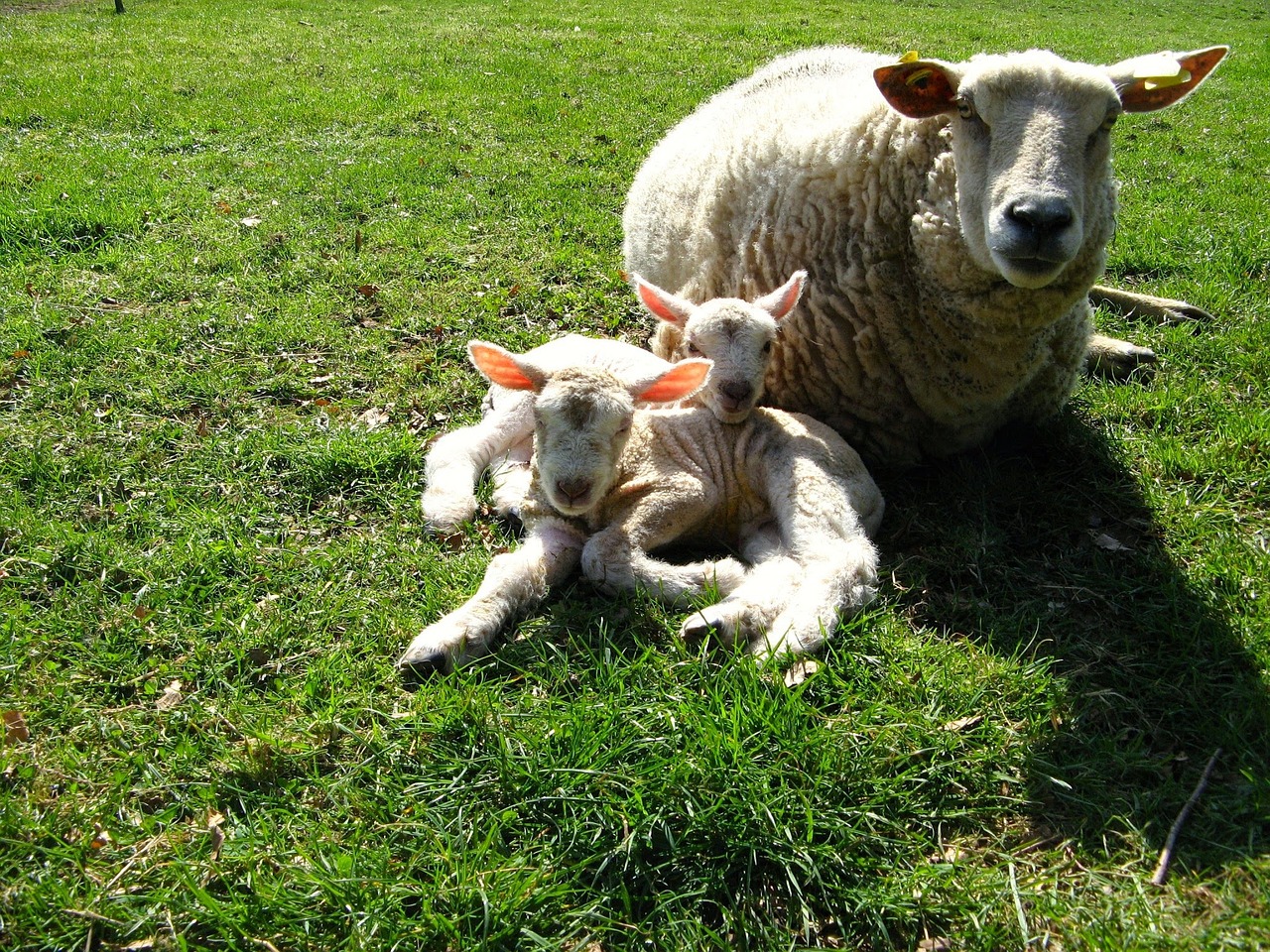
The afterbirth will take place 1 to 2 hours after birth. This afterbirth must be cleaned up well and the loft must be clean again with fresh hay. The sheep must be given good water to drink because she has lost a lot of moisture when her lambs are born.
The lamb can stand and drink from the mother after half an hour. The first breast milk is called ‘ colostrum ‘. The lamb must drink a lot of this. Colostrum contains a lot of sugars that provide the lamb’s energy.
This level is highest in the first 24 hours and the lamb then has to drink a lot of the colostrum. In addition, the colostrum contains many antibodies. A newborn lamb does not yet have an immune system. The colostrum, therefore, protects the lamb against infections.


